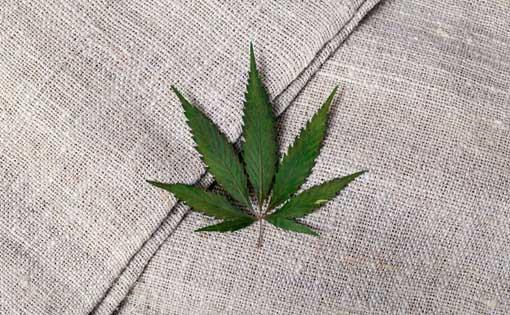
image Source- Google
In recent years, there has been a growing trend towards sustainable and eco-friendly fashion choices. As consumers become more conscious of the impact their purchases have on the environment, many are turning to clothing made from bamboo fabric. Bamboo is a versatile and sustainable material that is not only soft and comfortable to wear but also offers a range of benefits for both the environment and the wearer. Let's explore the rise of organic bamboo fabric clothing and why it is becoming increasingly popular in the fashion industry.
The Benefits of Bamboo Fabric Clothing
Bamboo fabric clothing offers a wide range of benefits that make it an attractive choice for eco-conscious consumers. Some of the key advantages of bamboo fabric clothing include:
1. Sustainability
- Bamboo is a highly sustainable material that grows quickly and requires minimal water and pesticides to thrive.
- Unlike traditional cotton, which is resource-intensive and often grown using harmful chemicals, bamboo can be grown organically and sustainably.
2. Softness and Comfort
- Bamboo fabric is incredibly soft and comfortable to wear, making it a popular choice for clothing items like t-shirts, loungewear, and underwear.
- The fabric has a luxurious feel that is gentle on the skin, making it ideal for those with sensitive skin or allergies.
3. Breathability and Moisture-Wicking Properties
- Bamboo fabric is highly breathable and has natural moisture-wicking properties, which help to keep the wearer cool and dry in hot weather.
- These properties also make bamboo fabric an excellent choice for activewear and sportswear, as it can help regulate body temperature during physical activity.
4. Antimicrobial and Hypoallergenic
- Bamboo fabric has natural antimicrobial properties that help to inhibit the growth of bacteria, keeping clothing fresh and odor-free for longer.
- It is also hypoallergenic, making it a good choice for those with allergies or sensitive skin.
The Production Process of Bamboo Fabric
The production process of bamboo fabric involves several steps to turn the bamboo plant into a soft and wearable textile. Here are the key stages in the production process of bamboo fabric:
1. Harvesting
- Bamboo plants are harvested, typically by hand, and the leaves and soft inner pith are extracted for processing.
- Unlike other crops, bamboo does not need to be replanted after harvesting, as the plant regenerates quickly from its extensive root system.
2. Extraction
- The bamboo pulp is extracted using mechanical or chemical processes to break down the plant material into cellulose.
- This cellulose is then spun into yarn and woven into fabric using traditional textile manufacturing techniques.
3. Finishing
- After the fabric is woven, it undergoes finishing processes such as dyeing, printing, and softening to enhance its appearance and feel.
- These finishing processes are often carried out using eco-friendly techniques to minimize the environmental impact of production.
The Popularity of Bamboo Fabric in Fashion
The rise of bamboo fabric clothing can be attributed to a growing awareness of environmental issues and a shift towards more sustainable and ethical fashion choices. Here are some reasons why bamboo fabric is gaining popularity in the fashion industry:
1. Environmental Sustainability
- As a highly sustainable material, bamboo offers a more eco-friendly alternative to conventional fabrics like cotton or polyester.
- By choosing bamboo fabric clothing, consumers can reduce their carbon footprint and support ethical and environmentally responsible production practices.
2. Comfort and Performance
- Bamboo fabric's softness, breathability, and moisture-wicking properties make it a popular choice for everyday clothing as well as activewear.
- Consumers appreciate the comfort and performance benefits of bamboo fabric, making it a sought-after material in the fashion market.
3. Innovation and Versatility
- Designers and brands are increasingly exploring the potential of bamboo fabric in innovative and stylish clothing collections.
- From casual basics to high-end fashion pieces, bamboo fabric offers versatility and design possibilities that appeal to a wide range of consumers.
Overall, the rise of bamboo fabric clothing reflects a growing demand for sustainable and eco-friendly fashion options that prioritize both style and environmental responsibility. With its many benefits and positive attributes, bamboo fabric is poised to continue its success in the fashion industry and become a staple material in eco-conscious wardrobes around the world.
